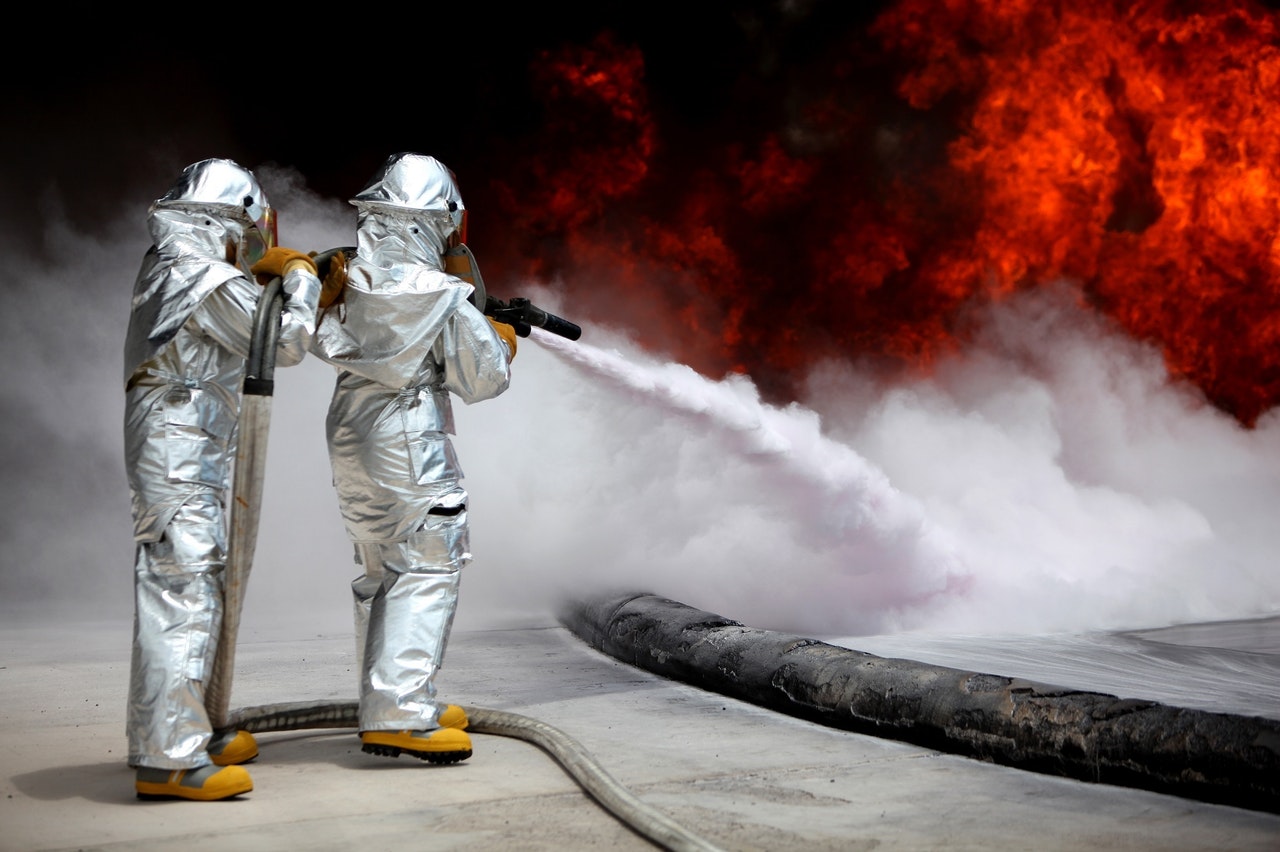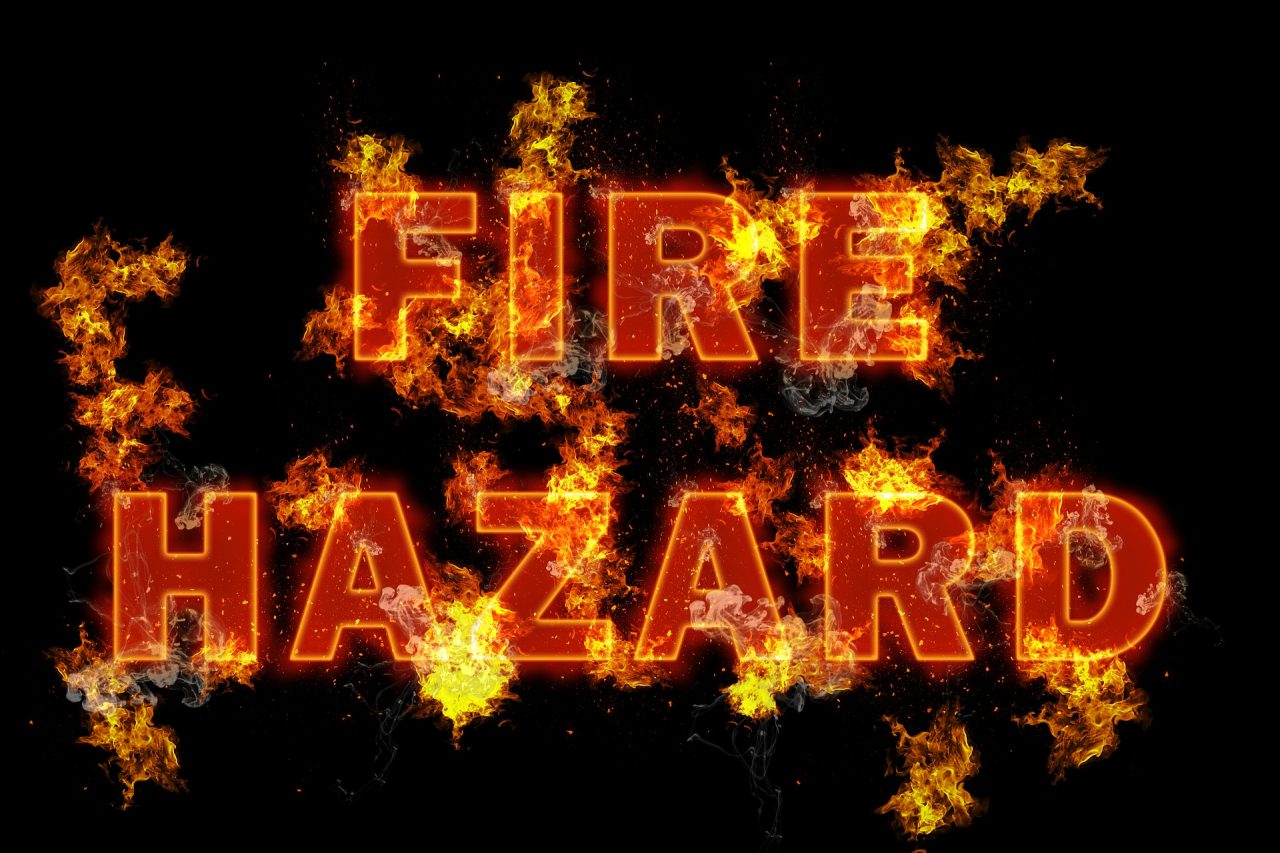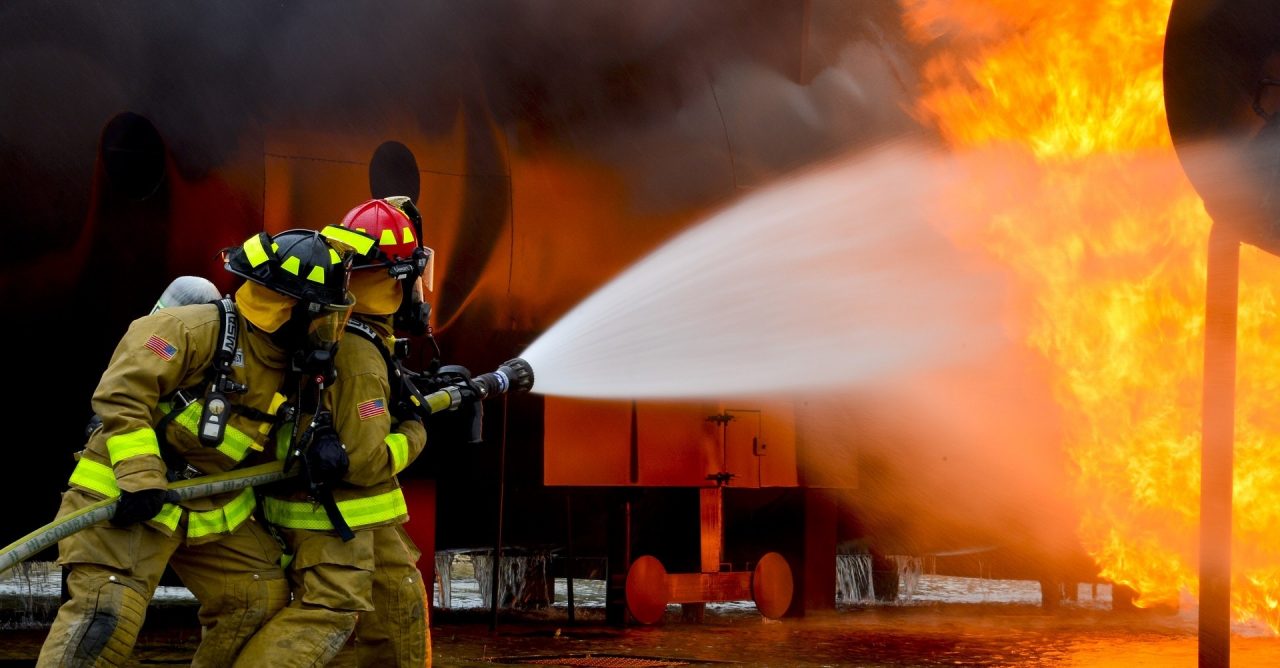Home Fire Safety
Home Fire safety is an important aspect of our life which sometimes we ignore. Flames can increase quickly through your home, leaving you as little as two minutes to escape safely once the alarm sounds. Escaping from it depends on setting up a warning system from smoke alarms and advance planning—a home fire escape plan that everyone in your family is familiar with and has practiced.
Before
Establish smoke alarms on every level of the home and outside each sleeping area. To ensure more protection, install interconnected smoke alarms in each bedroom and throughout the home. When one sounds, they all sound.
Test alarms once a month. Change batteries at least once a year. Replace alarms every ten years.
Consider installing smoke alarms with a “long-life” battery. These alarms must be tested once a month.
Consider installing a residential automatic fire sprinkler system
Plan and practice your family’s escape route. Make sure every room has two ways out. Make sure all doors and windows open easily. Examine and test escape ladders regularly for upper floors and make sure security bars on your doors and windows open easily from the inside. Remember to plan for your pets.
Avoid using flammable liquids inside and store them in approved containers in well-ventilated areas. Cautiously get rid of all rags or materials that have been soaked in flammable liquids outside in a metal container.
Check your chimney regularly. Clear any branches and debris from the chimney area. Make sure your chimney is at least three feet taller than the roof, insulated, and equipped with spark arresters on top.
Keep space heaters at least three feet from combustibles and away from open flames.
Preserve matches and lighters up high, away from children’s sight and reach.
If you smoke, smoke outside. Use large deep, sturdy ashtrays.
If you are in the kitchen cooking, grilling, or boiling food. Try to stay near the stove to avoid any happening. If you are frying, boiling, grilling or roasting food, check it regularly, remain in the home while food is cooking, and use a timer to remind you that the stove or oven is on
Have an electrician check and maintain the wiring in your building. Check cables for frayed or exposed wiring and loose plugs. Try avoiding running wires or cords under rugs, over nails, or across high-traffic areas. Do not overload extension cords. Ensure that insulation does not touch bare electrical wiring
Inspect and clean dryer filters and exhaust frequently.
During
Get out and stay out. Immediately contact the fire department from outside the home and do not return into the building until firefighters give the okay.
Suppose fire or smoke restricts your escape route, use your second way out. Stay low and go under the smoke and close doors behind you.
Suppose you want to open a closed door, check the door. If it’s hot, use your second way out.
Suppose smoke, heat, or flames prevent you from exiting a room, keep the door closed, call for help and wait by the window for rescue.
After
vacate the place immediately if you detect heat or smoke in a fire-damaged building.
If you are a tenant, contact the landlord.
If you have a safe or strongbox, wait several hours before opening it. Strongbox has the capacity to hold intense heat and if you open it before it is completely cool, the contents could burst into flames.
If you must leave your home after a fire because the building inspector has deemed it unsafe, ask someone you trust to watch the property in your absence
Conclusion:
If You have any queries you can drop your questions below,
we will be happy to solve your problems.
Thanks for reading…!!!
JP Engineering
https://jp-engg.com/





